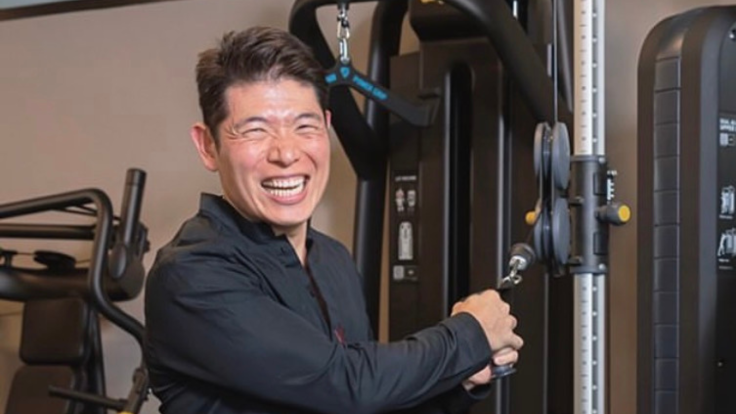From Steering Wheel To Screen: Grab CEO Says Drivers Will Shift Into Tech Roles With Robot Bus Roll-out
As Grab Raises Guidance, CEO Anthony Tan Outlines A Hybrid AV Strategy That Sees Drivers Move From Steering Wheels To Technical Roles.

Grab's push into autonomous vehicles could remake hundreds of thousands of livelihoods as the ride-hailing group prepares to introduce robobuses to Singapore next year.
The company reported robust third-quarter results on 04 November 2025 while flagging a deliberate move into autonomous vehicles (AVs) and remote driving that it says will be managed as a 'hybrid' transition alongside human drivers. Grab said the aim is to evolve driver roles into technical and supervisory positions such as remote safety operators, data labellers, and vehicle hardware technicians, a shift it describes as an opportunity to up-skill existing partners rather than a straight replacement.
Strong Numbers, Strategic Pivot
Grab told investors it recorded quarterly revenue of about £670.5 million ($873 million) in Q3, and adjusted EBITDA of roughly £104.5 million ($136 million), figures the company used to justify renewed investment in product and technology. Management raised full-year adjusted EBITDA guidance to £376–£384 million ($490–$500 million).
Those results underpin the company's public case for spending on AV pilots, partnerships, and remote-driving capabilities. Grab's investor presentation and prepared remarks stress that AVs are part of a long-term strategy to bolster the 'super-app' ecosystem, mobility, delivery, and financial services, while improving unit economics and service reliability.
What Grabs Means By 'New Jobs'
In prepared remarks and in the company's Q&A with analysts, CEO Anthony Tan described the AV strategy as deliberately cautious and hybrid: Grab will deploy autonomous services while continuing to operate human drivers and testing partnerships with multiple AV technology firms. He forecast 'new kinds of jobs emerging' for driver partners, remote safety drivers, data labellers, and technicians who would maintain LiDAR and camera systems, and said the company would collaborate with regulators and training programmes to support this shift.
Tan framed the move as an extension of Grab's earlier initiatives to help partners adapt, for example, digital upskilling programmes run in Indonesia and wider product initiatives across the region. He stressed that adoption will be uneven: higher labour costs in some markets (notably Singapore) make AVs commercially viable sooner than in lower-cost markets, where human drivers remain the dominant choice for the foreseeable future.
The Human Consequences: Opportunity Or Risk?
For drivers and gig workers, the promise of retraining carries both opportunity and peril. Grab argues that new roles could provide longer-term stability within a technology-centred transport system; critics warn that retraining alone will not replace lost driving income and that many 'new' roles may be fewer, less secure, or more technical than those they replace. Netizens and unions in some markets have voiced anxiety about job displacement and wage pressure following the company's comments.
Policy makers will be crucial. Anthony Tan emphasised Grab's intent to work closely with regulators on pilots and safety standards, citing Singapore's Milestone 1 assessment for the company's initial AI.R AV route familiarisation as evidence of regulatory collaboration. Still, the pace of roll-out will depend on safety validation, local rules, and the economics of operating AV fleets alongside human drivers.
A single sentence to finish: Grab says the future of driving will be hybrid, but the test of that claim will be whether today's drivers find secure, well-paid work in tomorrow's autonomous networks.
© Copyright IBTimes 2025. All rights reserved.





















